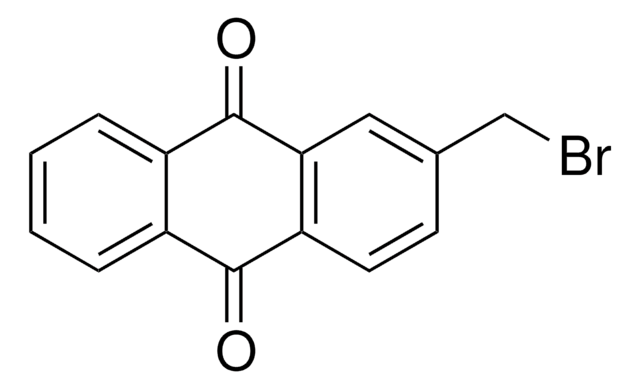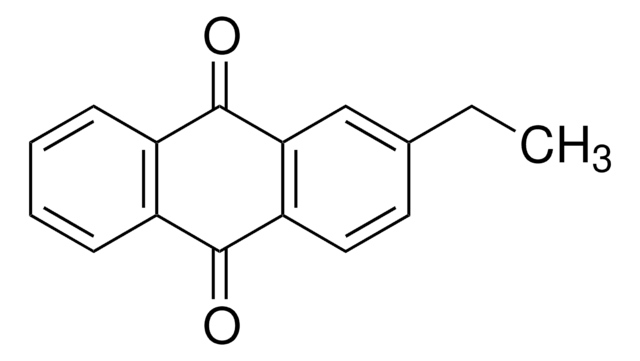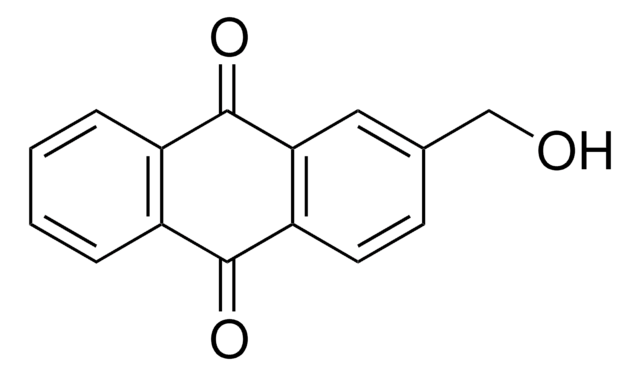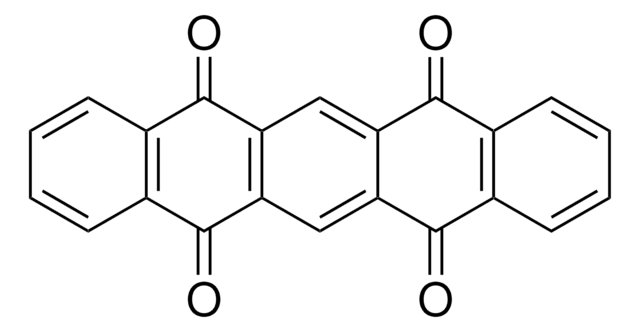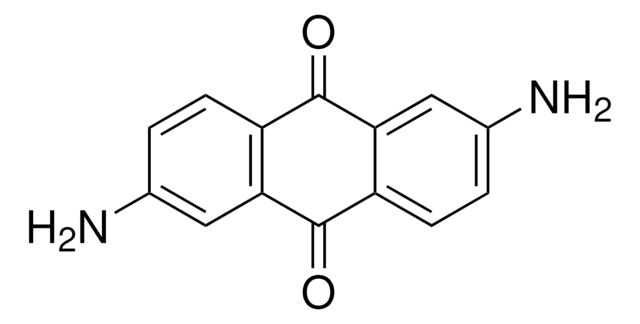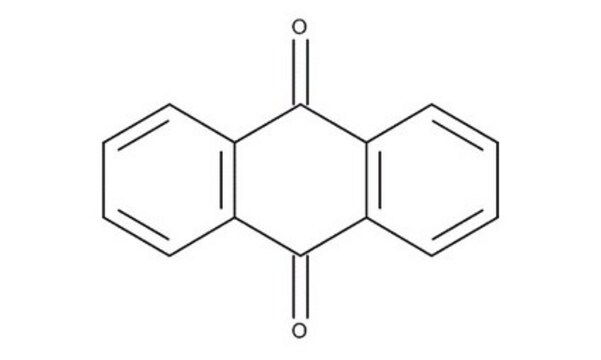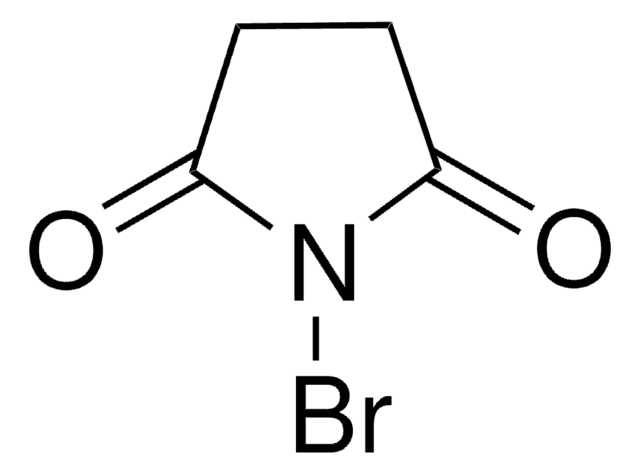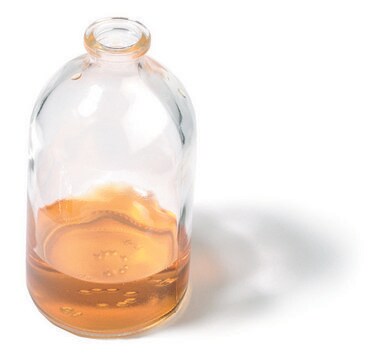65800
2-Methylanthraquinone
technical, ≥95% (HPLC)
Sinónimos:
2-MAQ
About This Item
Productos recomendados
grado
technical
Ensayo
≥95% (HPLC)
impurezas
3-4% 1-methylanthraquinone
bp
236-238 °C/10 mmHg (lit.)
mp
170-173 °C (lit.)
grupo funcional
ketone
cadena SMILES
Cc1ccc2C(=O)c3ccccc3C(=O)c2c1
InChI
1S/C15H10O2/c1-9-6-7-12-13(8-9)15(17)11-5-3-2-4-10(11)14(12)16/h2-8H,1H3
Clave InChI
NJWGQARXZDRHCD-UHFFFAOYSA-N
Información sobre el gen
human ... CTSG(1511) , ELA2(1991)
¿Está buscando productos similares? Visita Guía de comparación de productos
Aplicación
Código de clase de almacenamiento
11 - Combustible Solids
Clase de riesgo para el agua (WGK)
WGK 3
Punto de inflamabilidad (°F)
408.2 °F - closed cup
Punto de inflamabilidad (°C)
209 °C - closed cup
Equipo de protección personal
Eyeshields, Gloves
Elija entre una de las versiones más recientes:
¿Ya tiene este producto?
Encuentre la documentación para los productos que ha comprado recientemente en la Biblioteca de documentos.
Nuestro equipo de científicos tiene experiencia en todas las áreas de investigación: Ciencias de la vida, Ciencia de los materiales, Síntesis química, Cromatografía, Analítica y muchas otras.
Póngase en contacto con el Servicio técnico
